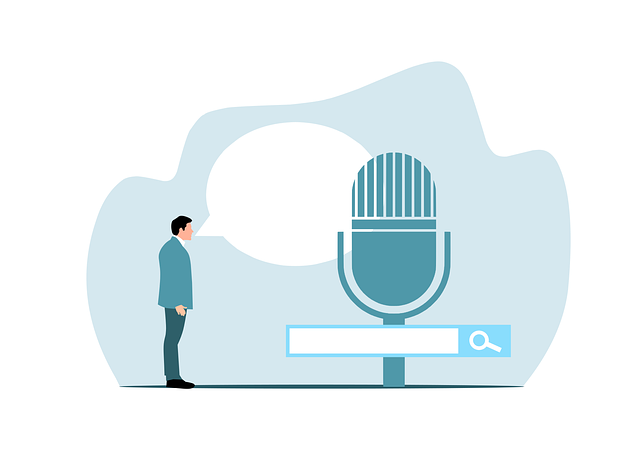Radio holds a captive audience throughout the day, whether it’s during commutes, morning routines, or winding down before bed. This makes it an ideal platform for advertisers aiming to reach a broad demographic. But before delving deeper into audio advertising, it’s essential to grasp its benefits and mechanics.
Ads broadcast over the airwaves, typically orchestrated by advertisers/agencies, have significant objectives like brand promotion or driving bookings. This method targets a wide array of potential customers. The term “On Air” refers to specific frequency bands or time slots allotted for advertisers to launch their campaigns. In radio advertising, ad durations typically range from 45 seconds to a maximum of 2 minutes.
In real-time radio consumption, advertisers can deliver timely and relevant messages, nudging listeners towards immediate action. There’s considerable potential for growth in programmatic radio advertising. With this approach, advertisers can bid (RTB) on various radio channels to secure optimal time slots, delivering tailored messages to the right audience at the right moment.
According to a survey, 90% of ad buyers and radio stations intend to embrace programmatic radio advertising within the next year.
Here are the key advantages of radio advertising for small businesses:
- Ease of Implementation: Radio ads are simpler to manage and optimize compared to other mediums.
- Affordability: Radio advertising offers cost-effective solutions compared to alternative channels.
- Emotional Connection: Radio has a unique ability to foster emotional connections with listeners.
- Swift Implementation: Radio ads can be deployed rapidly.
- Flexible Targeting: Advertisers can target audiences nationally or locally.
- Quality Leads: Radio advertising generates high-quality leads, with robust analytics for conversion tracking.
- Competitive Opportunity: Even small brands can compete effectively, regardless of market strength or niche.
While programmatic audio is still relatively new, it’s swiftly gaining momentum. Google recently introduced the capability to purchase programmatic audio ads through its DSP, joining other platforms like The Trade Desk and AppNexus. With tools like DBM, advertisers can target audiences based on context, demographics, language, and geography.
Notably, the US audio market is undergoing significant transformation, with the rise of smart speakers altering consumer habits. Despite digital advancements, radio advertising retains its allure due to its emotional resonance, independence, lead quality, ROI, and affordability.
In conclusion, as brands and agencies recognize the significance of audio in their media strategies, radio advertising, especially through programmatic means, stands poised for continued growth. The latest Global Ad Trends report underscores radio’s increasing share of display spending in key markets, emphasizing its enduring relevance. With the evolving landscape, radio advertising’s potential to emerge as a dominant force in the digital media industry is undeniable.


